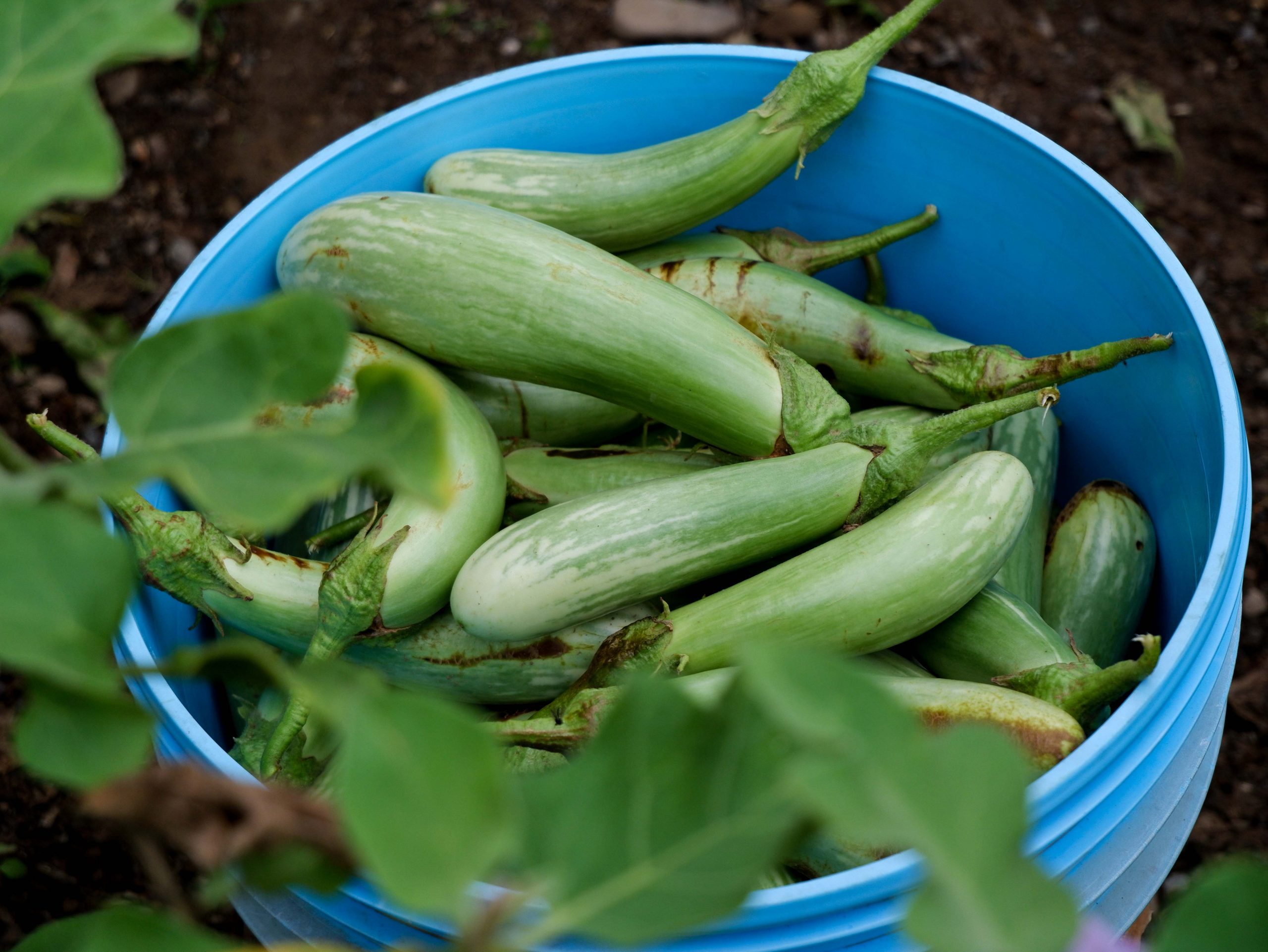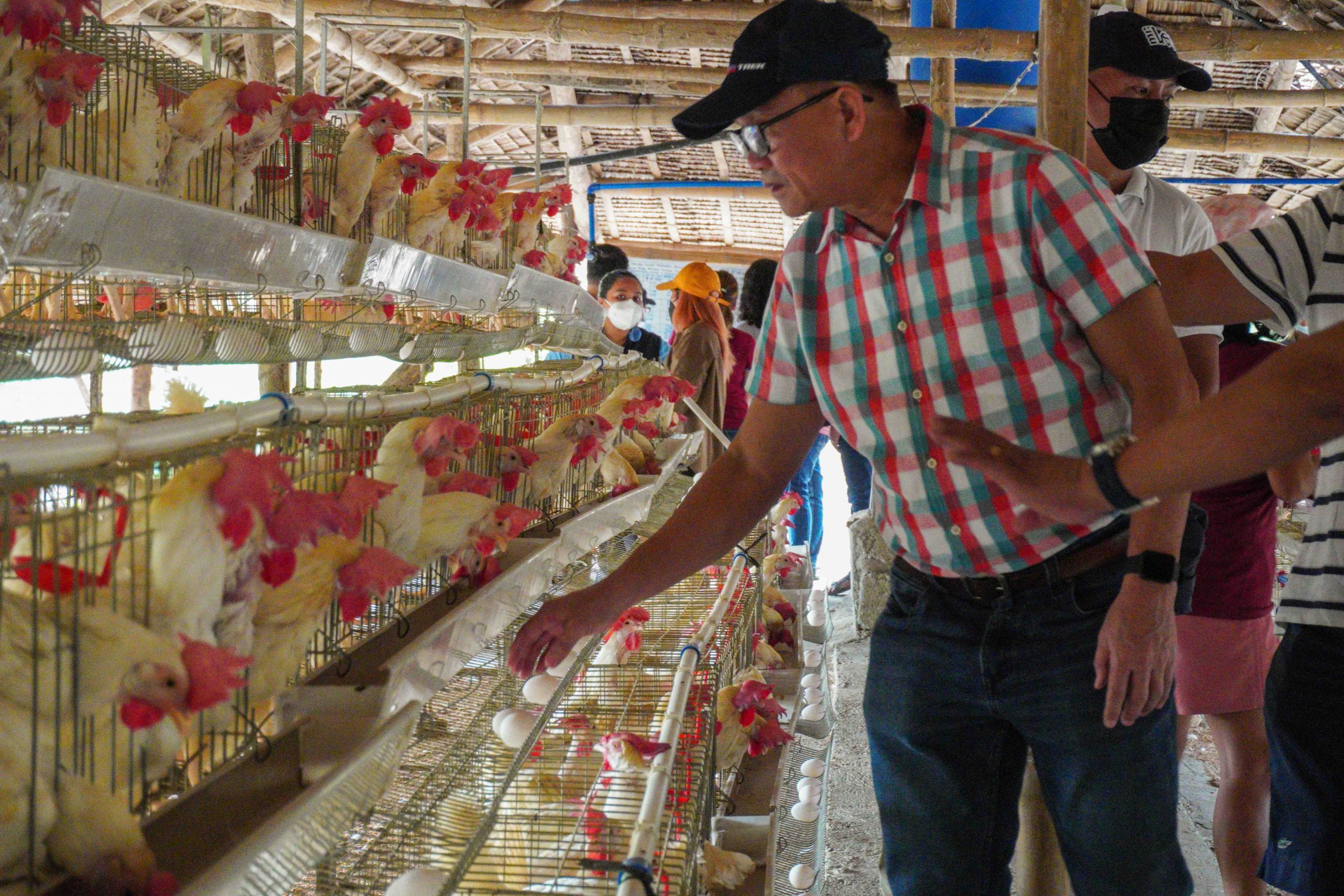OCCIDENTAL MINDORO, FEBRUARY 28, 2022 – Department of Agriculture – Special Area for Agricultural Development (DA-SAAD) National Director Myer G. Mula, Ph.D. visited Abra de Ilog and Paluan in Mamburao-Abra de Ilog-Paluan-Sablayan (MAPSA) area to monitor and provide advice to the farmer associations (FA) and livelihood projects in the province.
The director’s team, with MIMAROPA Regional Technical Director Elmer T. Ferry, Municipal Agriculture Officer (MAO) Julius Judelito Amodia, and other SAAD regional staff, briefly met with the all-women Blessed Corean Swine Raisers Association (BCSRA) in Brgy. Balao, Abra de Ilog.
Because of their success in swine raising and entrepreneurship, the director encouraged the association to continue with their sustainability efforts.
The association started with 10 gilts and one boar awarded to the group as part of SAAD’s swine production project in 2019. Currently, the association earned Php 821,530 from selling 303 piglets and fatteners.
In addition, the group has established an agricultural supplies stall along the highway of Brgy. Balao, Abra de Ilog in partnership with DOLE, increasing the association’s revenue and enabling the members to receive yearly dividends.
Brgy. Balao, where the swine raisers are situated, is one of the End Local Communist Armed Conflict (ELCAC) areas in the province.
Ilocano-Mangyan Vegetable Growers of Abra de Ilog
The second stop of the director’s visit is Mabunga Vegetable Farmers Association located in Brgy. Cabacao, Abra de Ilog, the group is composed of indigenous people (IP) led by an Ilocano chairperson Ms. Nelly Alcantara.
Noted for their success in vegetable production and farming practices, the farmers showcased their fields adorned with rows of upo, green pepper, and pakbet vegetables such as string beans, bitter gourd, squash, and eggplant.
Ms. Alcantara shared that because of bulk harvest, the association was able to supply vegetables once to Kadiwa ni Ani at Kita mobile palengke through the Municipal Agriculture Office (MAO). If the mobile palengke could not accommodate their produce, the group ships their vegetables to nearby towns with Batangas being the farthest.
Farmer-Researchers
The IP vegetable producers learned through experience techniques and technologies such as crop rotation to maintain and replenish soil nutrients and planting crops best suited to the weather to avoid crop damage and achieve optimum production.
They have also learned that there are certain crops such as upo and bitter gourd that are not suited to be planted near each other.
“Natutunan namin na hindi pwedeng pagtabihin ang ampalaya at upo. Nagiging mapait ang bunga ng upo dahil sa pollination ng ampalaya,” Ms. Alcantara shared.
(We learned that bitter gourd and upo should not be planted side by side. Upo’s fruits become bitter because of the bitter gourd’s pollination)
The program identified pest management and post-harvest training to be ideal activities to further improve the group’s vegetable production.
Dir. Mula instructed the association to map the crops to be planted in the communal garden with a detailed schedule to prevent diseases and maximize soil nutrients.
The group was also advised to strengthen their record-keeping practices, and work with DA-SAAD Region IV-B and MAO to boost their enterprise through product branding.
The association was able to expand their production area from 10 hectares (ha) to 17 hectares and build a hub where the group holds their regular meetings through their revenues from vegetable production.
Ready to Lay Chicken Egg Producers in Paluan
The last stop for MAPSA area’s visit is the Ready to Lay (RTL) chicken egg producers in Paluan – Paluan Chicken Laying FA (PaCLayFA). The association, with 29 members, has produced 89,646 eggs and has earned a gross income of Php 569,325.00 since December 2021.
The association received two different breeds of RTL chicken from the program – the Lohmann breed from the first batch awarded in October 2021 and Hisex breed from the second batch turned over in September 2022 as part of repopulation.
Different yields, behaviors, and physiological diversities among the two breeds were noted by PaCLayFA members. Dir. Mula instructed the group to continue observing the most suitable and profitable for the association’s egg production.
Their observation will be used as a basis on what breed will be bought for the group’s next repopulation.
In addition, the SAAD Director advised the association to pursue a third set of RTL chicken to sustain egg production when culling or livestock replacement is needed.
Project monitoring and evaluation are part of SAAD’s Program Management component to help ensure efficient and effective program implementation. ###
Writer: Dianne Francis A. Sy
Sources: Jhonzell G. Panganiban – SAAD Area Coordinator, Paluan/Abra de Ilog
Lilibeth Gonzales – Chairperson, Paluan Chicken Laying Farmers Association
Nelly Alcantara – Chairperson, Mabunga Vegetable Farmers Association







Comments (0)